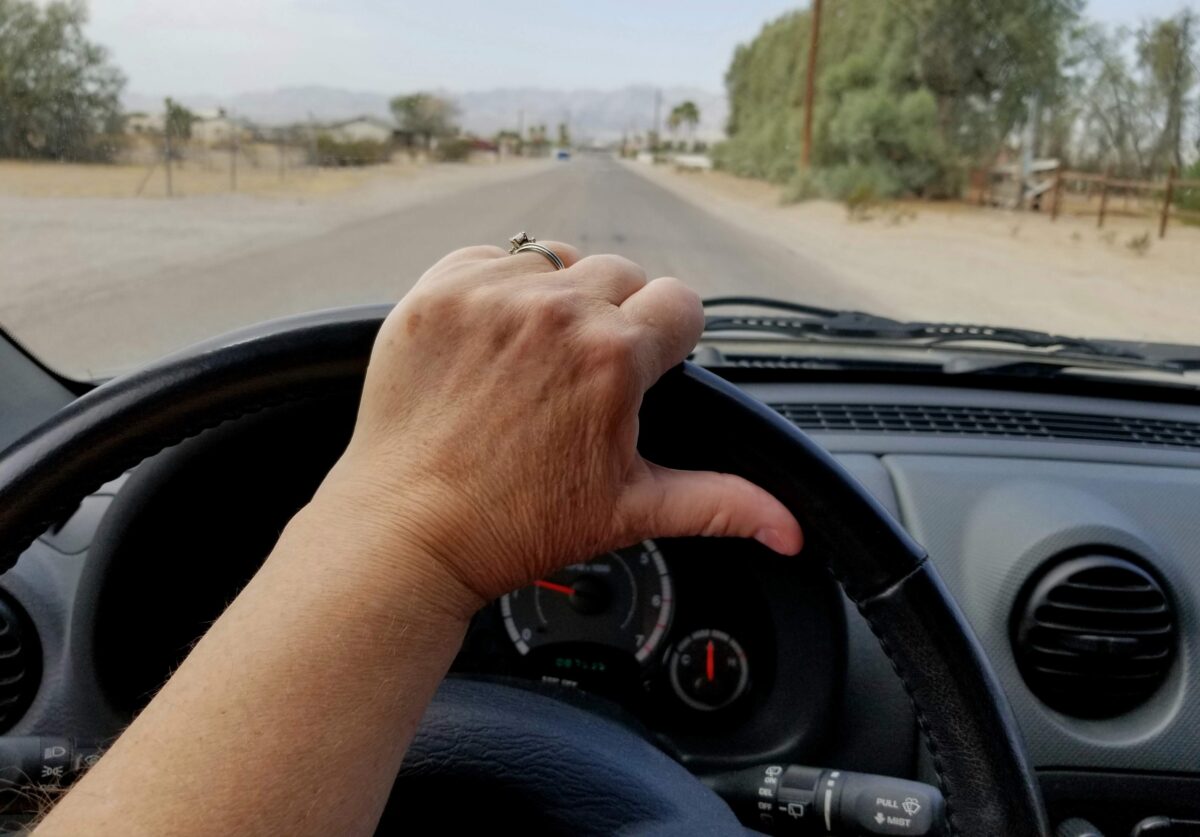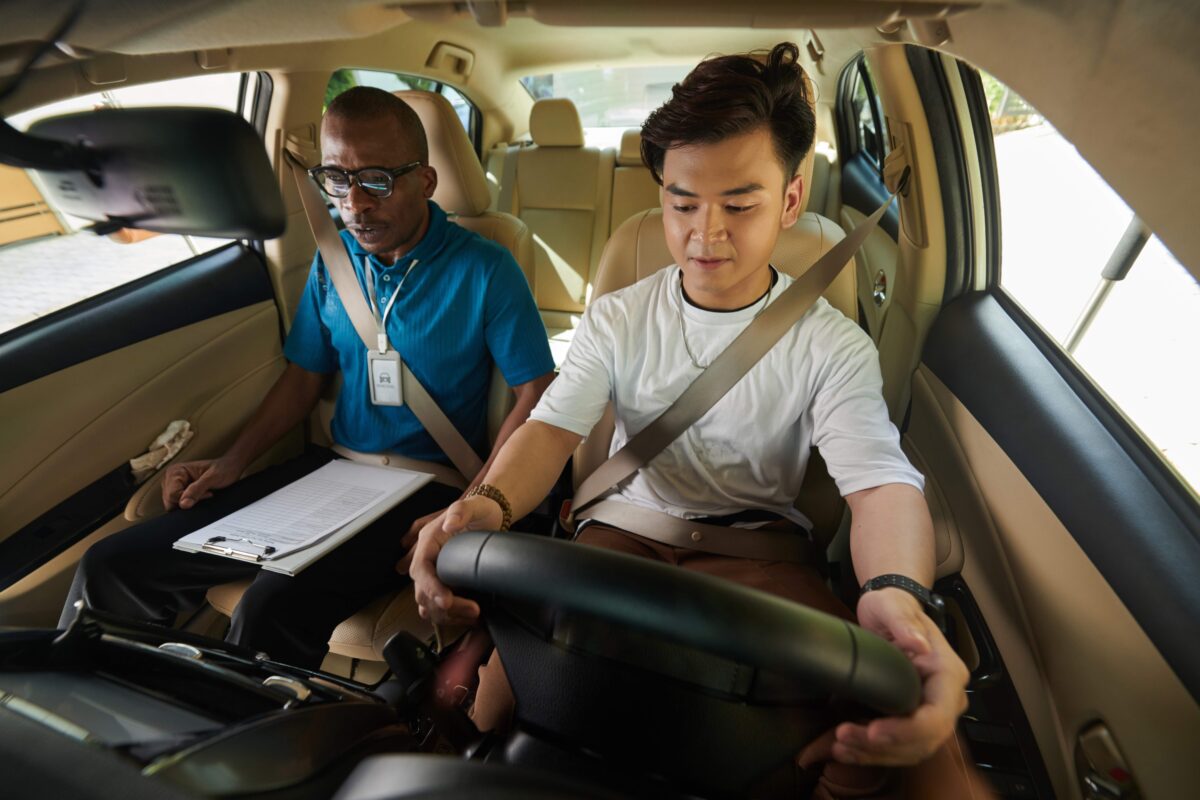Can people with autism drive? Debunking myths and highlighting facts

A question that is often asked by individuals on the spectrum and their families, encompassing important topics of independence, ability, and social participation, is: “Can people with autism drive?” In this publication, we aim to debunk myths, understand the capabilities of neurodiverse individuals, and highlight the facts surrounding this important topic.
Driving with autism: A realistic goal?
The spectrum of possibilities
For many people with autism, driving is not just a goal; it is an important step towards achieving autonomy and independence. As autism is a spectrum, there is a wide range of abilities and challenges that each individual may face. However, the central question remains: Is driving a realistic goal for individuals on the spectrum? The answer strongly leans towards “YES,” but we must always remember that success sometimes depends on personalized support and a clear understanding of each person’s unique abilities and needs.
Some individuals with autism may struggle with the multitasking required for driving, while others may rely on traffic rules and the structured environment provided by driving to succeed. The key lies in tailored instruction, focusing on the individual’s strengths and addressing their specific challenges.

Identifying Individual Strengths and Needs
It is crucial for individuals with autism and their families to assess readiness and identify specific strengths and needs. This process may involve consulting occupational therapists, psychologists, or autism and driving specialists. Some aspects to assess in the process include:
- Attention and concentration: The ability to maintain focus on driving tasks while ignoring distractions.
- Sensory processing: Handling sensory stimuli such as traffic noise or visual stimuli from moving vehicles and traffic signals.
- Motor coordination: The physical ability to handle vehicle controls smoothly.
Decision-making and problem-solving: Quickly evaluating situations and making safe driving decisions.
These facets must be understood to provide a learning path that makes the goal achievable.
Challenges and Supports
Overcoming Obstacles
To move forward, it’s necessary to understand and address key challenges, which are obstacles that can be overcome with proper support. Some of these key challenges include:
- Social and communication skills: Interpreting the actions of other drivers and communication through signals can be challenging. Role-playing and simulation can help develop these skills in a low-pressure environment.
- Sensory overload: The driving environment is filled with sensory stimuli. Tailored strategies, such as using noise-canceling headphones during driving practice, can help manage this.
- Anxiety and stress: Driving can provoke anxiety in many, particularly in individuals with autism. Techniques such as mindfulness, stress reduction strategies, and starting lessons in less crowded environments can ease this transition.
Adapted Supports for Success
The foundation for turning the dream of driving into reality for individuals with autism lies in personalized support and education. This can include:
- Specialized driving programs: Programs designed for individuals with autism to understand unique needs and can offer specialized training techniques.
- Assistive technology: From simulators that mimic driving scenarios to apps designed to improve focus and reaction times, technology offers a variety of supports.
- Gradual learning curve: Starting with the basics in a controlled environment and gradually increasing complexity allows individuals with autism to build confidence and skills at their own pace.

Networks and Support Resources
Having a support network is essential, which can be done with family members, therapists, and specialized driving instructors who teach individuals with autism. Additionally, online technological resources can be beneficial in the learning process.
Challenges and Supports
Creating a Positive Learning Environment
Creating a learning environment that minimizes stress and maximizes comfort is crucial. This may include choosing the right time of day for driving lessons when traffic is lighter, or the individual is less prone to sensory overload.
Utilizing Technology and Resources
Leveraging technology can also play a significant role in supporting individuals with autism in learning to drive. From driving simulators that offer a risk-free environment for practice to apps that help improve reaction times and decision-making, technology provides valuable tools that can aid in the learning process.
The journey of learning to drive for individuals with autism is much more than mastering the mechanics of operating a vehicle; it is a journey towards independence, self-sufficiency, and expanding horizons. The question of “Can people with autism drive?” opens up a broader dialogue about the capabilities of individuals with autism and the social perceptions that often underestimate them. As we have explored, with the right supports, understanding, and appropriate adaptation strategies, driving is not only a realistic goal but also an achievable accomplishment for many on the autism spectrum.
Frequently Asked Questions
Yes, people with autism can legally obtain a driver's license in most regions, as long as they meet the same requirements as other drivers. This typically includes passing written and practical driving tests. Some may need to undergo additional assessments to ensure they can safely operate a vehicle.
The first step is to assess readiness, which may involve consultations with healthcare providers, such as occupational therapists who understand the individual's sensory and cognitive challenges. Then, research driving schools or instructors with experience in teaching students with autism. Finally, consider starting with a driving simulator to familiarize the individual with driving tasks in a low-stress environment.
Parents and guardians can offer support by researching and choosing the right driving program that caters to individuals with autism. They can also foster a supportive learning environment by practicing patience, understanding, and encouragement. Helping the individual practice outside of formal lessons, when they are ready, can also be beneficial.
Yes, there are instructors and driving programs specifically trained to support individuals with autism. These programs often use adapted teaching methods, such as breaking tasks down into smaller steps, using visual aids, and incorporating technology to assist in learning. Finding these resources may require some research and reaching out to local autism advocacy organizations or through online communities.
Many regions offer adaptations for people with autism during the driving test, such as extended time, alternative testing formats, or the presence of a familiar support person. It's important to inquire about available accommodations and provide any necessary documentation to request them.
References
- Autism Speaks: https://www.autismspeaks.org/
- The Association for Driver Rehabilitation Specialists (ADED): ADED is a professional network that specializes in promoting safe driving for individuals with disabilities, including autism. They provide resources for finding driving specialists and adaptive driving programs. https://www.driver-ed.org/
- Centers for Disease Control and Prevention (CDC) – Autism Spectrum Disorder (ASD): The CDC offers comprehensive information on ASD, including aspects related to daily living and independence, such as driving. https://www.cdc.gov/ncbddd/autism/index.html
- The American Occupational Therapy Association (AOTA): AOTA provides resources on how occupational therapy can support individuals with autism in achieving their driving goals, including assessments and intervention strategies https://research.aota.org/ajot/article/74/5/7405205140p1/8422/Independent-Community-Mobility-and-Driving


